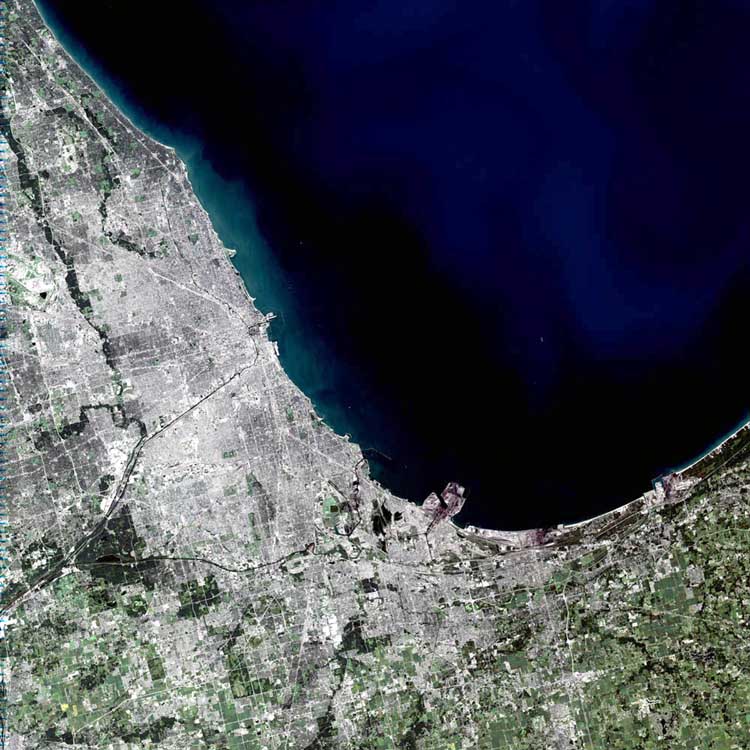
Moving to Orland Park, Illinois: A Comprehensive Relocation Guide
Considering moving to Orland Park, Illinois? This thriving Southwest suburb offers excellent schools, convenient location, and family atmosphere. With approximately 59,000 residents in 2025, Orland Park combines quality of life with accessibility and Southwest Chicagoland’s premier family destination.
Demographic Profile to Consider If Moving to Orland Park:
Orland Park’s 2025 population is approximately 59,000 residents in this Cook and Will County village 25 miles southwest of Chicago. The median age is around 43 years, with affluent families, professionals, and retirees. The population is approximately 85% White, 7% Hispanic, 5% Asian, 2% Black or African American. Orland Park features upscale neighborhoods, Orland Square shopping center, excellent schools, and serves as a Southwest suburbs destination. The village attracts upper-middle class families, professionals seeking quality, and those prioritizing education and safety. Orland Park appeals to successful families valuing schools, safety, and convenience. The community emphasizes top schools, family values, safety, and maintaining quality of life. Find trusted local services for moving, living, and working in Orland Park.Orland Park Relocation Directory
Cost of Living to Consider If Moving to Orland Park:
Orland Park offers moderate to upper-moderate costs for the Southwest suburbs. Median home values range from $350,000 to $500,000 in 2025, reflecting the village’s top schools and quality of life. The median household income is approximately $95,000. Rental properties average $1,600 to $2,300 monthly. Illinois’ state income tax is flat 4.95%. Property taxes are significant but lower than inner Cook County. Overall cost of living reflects Orland Park’s excellent schools and amenities. The village attracts middle to upper-middle class families. Housing costs reflect the area’s educational excellence and family atmosphere. The combination of schools, safety, and convenience justifies pricing.
Economy and Job Market:
Orland Park residents typically work throughout Chicagoland. Major local employers include Silver Cross Hospital (nearby), retail centers including Orland Square, and businesses throughout the Southwest suburbs. Many residents commute to Chicago via Metra or work throughout the region. The broader Chicagoland economy offers vast opportunities. Typical commute times to Chicago range 45-65 minutes. The village serves as a premier residential community for professionals. Many residents work in professional services, healthcare, corporate management, and various sectors.
Education:
Consolidated High School District 230 serves Orland Park students with highly-rated Carl Sandburg High School, Victor J. Andrew High School, and Amos Alonzo Stagg High School. Elementary districts including Orland School District 135 operate excellent schools. The consistently strong schools attract families specifically for educational quality. The outstanding school system is the primary reason families relocate to Orland Park, creating education-focused community values.
Recreation and Lifestyle:
Orland Park offers Orland Square providing shopping and dining, extensive parks including Centennial Park with aquatic center and recreation facilities, and comprehensive recreation programs. The village maintains beautiful trails and open spaces. Residents enjoy community events, excellent library, and family-oriented activities. Proximity to Chicago (25 miles) enables accessing city attractions. The lifestyle emphasizes family activities, top schools, suburban safety, and convenience. The four-season climate enables year-round recreation. The community values educational excellence, family atmosphere, safety (consistently ranked among safest communities), and quality of life. Living in Orland Park means accepting significant costs and commutes, prioritizing schools and family atmosphere, and embracing suburban character while enjoying Southwest suburbs’ premier family destination with exceptional schools, comprehensive amenities, and safety defining quality family living with convenient Chicago access.
Healthcare and Services:
Orland Park residents access comprehensive healthcare through Advocate Christ Medical Center (nearby Oak Lawn), Silver Cross Hospital (New Lenox), and facilities throughout the Southwest suburbs. The regional healthcare infrastructure provides quality medical care easily accessible.
Transportation:
Orland Park is accessed via Interstate 57, LaGrange Road, 159th Street, and various arterial roads. Metra SouthWest Service and Rock Island District lines serve nearby areas. Pace operates extensive suburban bus routes. Most residents use personal vehicles. Typical commute times to Chicago range 45-70 minutes depending on route and traffic.
Conclusion:
Moving to Orland Park in 2025 offers premier Southwest family living with top schools, excellent amenities, and convenient location. The village’s combination of District 230 schools excellence, safety, and family atmosphere makes it ideal for families and professionals seeking Southwest Chicagoland’s finest destination where educational excellence meets safety and quality of life defines premier family suburban living.

